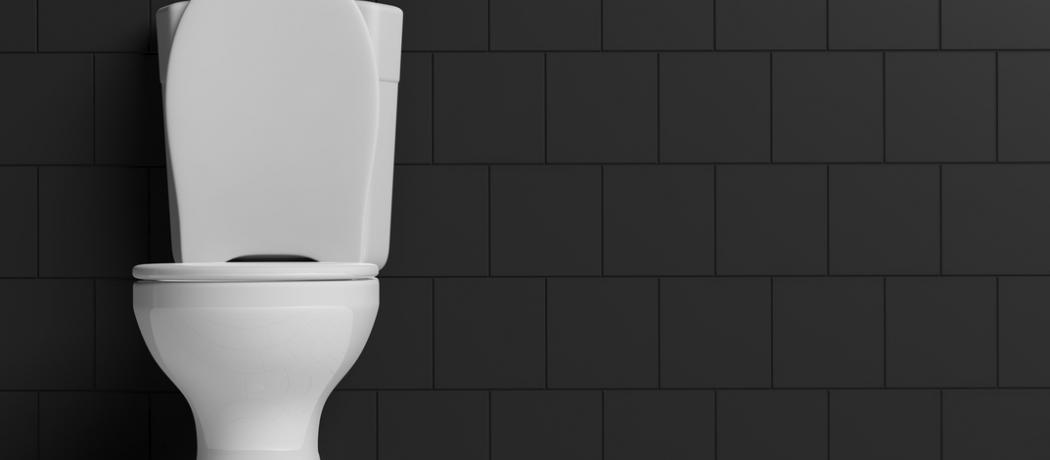In medicine a gold standard is the best available diagnostic test or benchmark under reasonable conditions. So I found it ironic to learn that the toilet seat at home is becoming the gold standard for office and even hospital hygiene. The reality is that, for example, our average office desk may contain 400 times more germs per a defined unit of space than the otherwise unheralded toilet seat. On our way up to our office or hospital facility we have already deposited and picked up germs from the elevator buttons—well in excess of what we harvested in our bathroom facility. We probably then reach for our phone or tablet: a 2013 British study showed that phones had up to 140 units and tablet had up to 600 units per swab of Staphylococcus. In contrast, the typical toilet seat had less than 20 units. Not surprisingly, the computer keyboard and mouse pick up excess microorganisms with each click.
In the hospital environment Staphylococcus aureus may be found on the doctor’s pager, and Enterococcus faecalis may thrive on the bedrail. However, microbiologists have suspected for some time that hospital-associated infection pathogens might be coming in with patients. In 2013 a team of scientists swabbed surfaces all over the about-to-be-opened Center for Care and Discovery at the University of Chicago in Illinois and found an essentially pristine environment. By the end of the first day of operation, the researchers harvested Staphylococcus, Streptococcus, Corynebacterium, and other germs on the phones, countertops, and computers in nurse stations. Over the next year the microbiologists swabbed work surfaces, walls of rooms, and staff and patients’ clothing and collected over 6000 samples. The patients’ microbial profiles at arrival to the hospital were compared to their profiles at discharge. The researchers used complex statistical methods to track down what caused the change. Bed rails turned out to be one important reservoir of bacteria. Unless the bed was sterilized, bacteria were passed onto the next occupant. Of over 250 patients in the study 20 came down with so-called hospital-acquired infection. However, a very surprising finding was that room swabs and swabs taken from staff interacting with patients failed to turn up the bacteria responsible for the patients’ infections. This suggested that patients already had those bacteria when they were admitted. If this finding were to be confirmed in future studies, more resources will have to be spent on eliminating dangerous bacteria on patients before they are admitted. A daunting task but a fascinating possible shift in our current concept of hospital-acquired infections.
One thing I learned while reading up on this subject was how negligent I have been about recognizing that a washing machine may be a bacterial breeding ground. In our house, which has been turned into a mini nursing home for my wife’s care, a load of underwear may, apparently, transfer over 100 million E. coli to other clothing. After learning this, my immediate trip was to the closest store for a big bottle of bleach—for the washing machine. My effort is to lower the germ count there, and I’m aiming for the gold standard, which seems to be the bacterial count on our toilet seats.
—George Szasz, CM, MD
Suggested reading
Loughlin M. How clean is your desk? The unwelcome reality of office hygiene. The Conversation, 3 August 2018. http://theconversation.com/how-clean-is-your-desk-the-unwelcome-reality-....
Kloss K. 12 everyday items dirtier than a toilet seat. Reader’s Digest. 1 March 2018. www.rd.com/home/cleaning-organizing/germs-toilet-seat.
Mole B. Patients leave a microbial mark on hospitals. Nature. 23 May 2013. www.nature.com/news/patients-leave-a-microbial-mark-on-hospitals-1.13057.
This posting has not been peer reviewed by the BCMJ Editorial Board.

